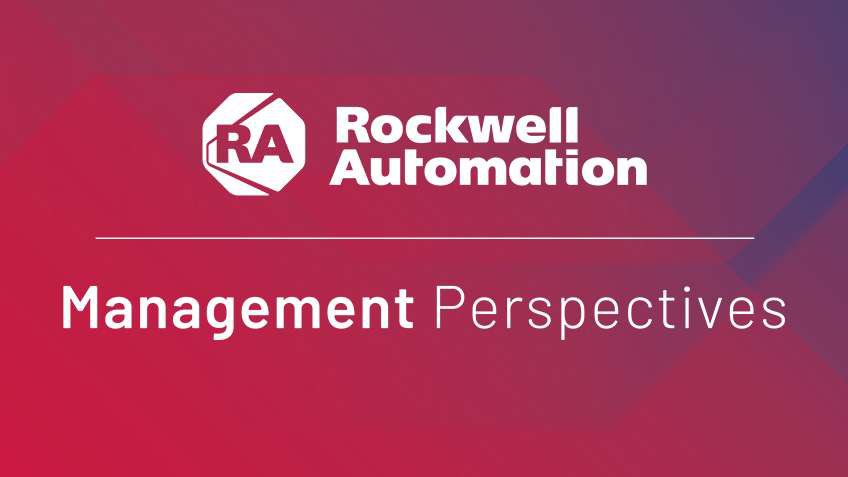Executive Support
Flexibility is also about decision-making structures. The decision to produce a new product in light of fresh customer demands, or to switch off a previously-profitable product line in response to evident market shifts, needs to be made swiftly and collaboratively. Having executive sponsors on board, preferably with a broad representation of the business’ units and underpinned by clear governance frameworks, can greatly increase the odds of an innovation project’s success.
Consumption Models
One of the most notable business trends of the past decade has been the shift to subscription-based consumption models. We’ve seen this in the apps and online services we use, and no we’re seeing the same approach applied to previously capital-intensive areas. Owning physical machinery is a huge undertaking, and serves to lock the manufacturer into the asset across its lifecycle. For greater flexibility, manufacturers are finding a Machine-as-a-Service approach can help drive OpEx efficiencies, with an increased ability to upgrade or change as new capabilities come on to the market.
Market Understanding
The final area relates to customer understanding. Conventionally, in many organisations, marketing has been seen as a siloed function, responsible for increasing sales without any direct input into the product. That approach is no longer practical. Now, to be a step ahead of the market, sales and marketing must be tied directly into manufacturing. By understanding who the customer is, what they want (right now) and how they want it delivered, production can be continually adapted to deliver on those wants. This applies not only to product features and quality, but extends to issues around ethical and sustainable practices, which are increasingly significant customer concerns.






